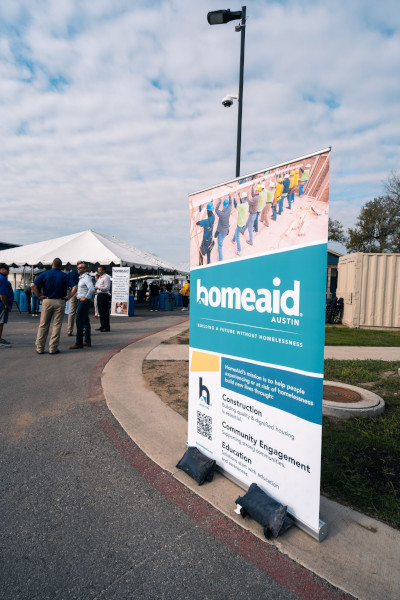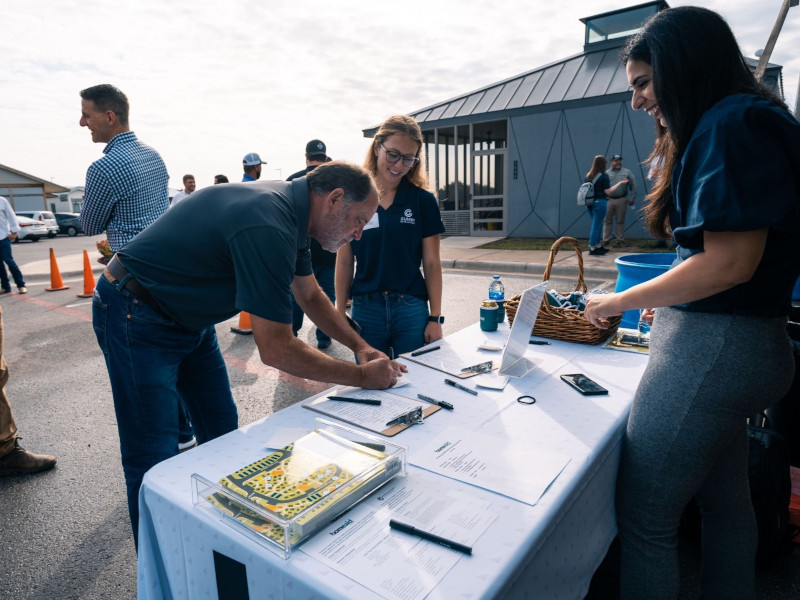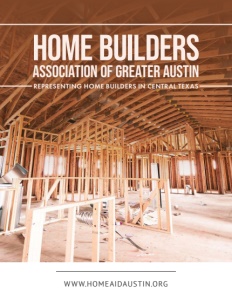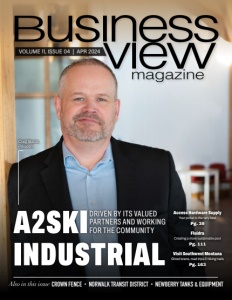The Home Builders Association of Greater Austin
Representing home builders in Central Texas
Preparing to meet the demands of growth
The dynamic and welcoming city of Austin continues to be a draw for many as a desired place to put down roots, and the City’s housing sector reflects this trend as it continues to boom post-COVID.
Providing a voice for this thriving sector, representing many of Autin’s leading builders and affiliated organizations is The Home Builders Association of Greater Austin (HBAGA), a non-profit, professional trade association that serves the residential building and home remodeling industries in and around the capital city of Austin, Texas.
HBAGA was formed in 1953 by a small group of builders who wanted to present a unified voice when working on regulatory issues with the then-much smaller municipality. Since that time, Austin, as well as its neighboring cities and counties, have exploded in population. The HBAGA has also grown from its original five members to 750 companies and over 2,000 individuals and community members who live and work in Travis, Bastrop, Burnet, Caldwell, Hays, Lee, and Williamson Counties.
“Our core members are builders,” says Chief Executive Officer, Taylor Jackson. “They represent just over half of our member companies. And that ranges from custom builders who build two to five homes per year, to our production volume builders who are building over 500 homes a year in the Greater Austin area. We also represent residential developers and suppliers, who are associate members of the HBA. Our mission is to advance the professionalism of the home building industry. And we do that through advocacy, education, and networking.”
Member-driven
 The HBAGA facilitates its mission through its standing committees: Government Relations, Membership, Workforce Development, Finance, Political Action, Issues Fund, and Executive & Board of Directors. Professional development for its member companies is the domain of its various councils: Custom Builders and Remodelers, Developers, Professional Women in Building, Sales and Marketing, Volume Builders, and Young Professionals. “Each of those councils provides a continuing education component, plus networking and connection within the industry,” Jackson explains.
The HBAGA facilitates its mission through its standing committees: Government Relations, Membership, Workforce Development, Finance, Political Action, Issues Fund, and Executive & Board of Directors. Professional development for its member companies is the domain of its various councils: Custom Builders and Remodelers, Developers, Professional Women in Building, Sales and Marketing, Volume Builders, and Young Professionals. “Each of those councils provides a continuing education component, plus networking and connection within the industry,” Jackson explains.
The HBA also educates its members through various meetings, classes, summits, and events. “We bring in speakers,” says Jackson. “For example, in the next couple of weeks, we’re bringing in all the building officials from all the different cities in the Greater Austin area for a session. It’s an opportunity to find out what’s going on in the different cities, but also to facilitate those relationships between our members and the cities themselves. Our members will be able to ask questions about specific projects they’re working on.”
“We also have a mayor’s forum that our members attend, which is another great way to meet our leaders, understand what their cities are going through, and find those collaborative solutions,” Jackson adds. The HBA also sponsors an Annual Housing Forecast event that draws more than 650 industry professionals including builders, real estate agents and brokers, vendors, architects, developers, engineers, lenders, and bankers.
Community Outreach
Jackson stresses that the HBA also works to educate and connect with the area’s communities and residents. “Our marketing efforts range,” she notes.
“Of course, we try to target our members, but we also want to go beyond them out into the general public. Because we’re trying to create that brand awareness. We do that in a lot of different ways: through social media and press releases and our events and programming. We also have a parade of homes.
“This is a great way to showcase a lot of our builders and what they do, whether it’s building homes or large remodeling projects. It’s an opportunity to educate our community in what you should look for in a builder and also to promote different options for the community.”
One of the HBA’s altruistic community programs is the Benefit Home, an annual construction of a home built through donations of management, materials, supplies, labor, and funds from its member companies. When the home is eventually sold, the majority of the proceeds are donated to local charities.
Another program is called HomeAid Austin. HomeAid attacks homelessness with a unique collaborative approach. The association partners with local agencies that provide care to the homeless and constructs or renovates housing projects suitable to their needs with donated funds, materials, and labor. When a project is complete, it is turned over to a partner agency to own and operate, as it continues to provide free services to its constituents.

Advocating for better policies
“Advocacy is a huge part of what we do here,” says Jackson. “In the City of Austin, for example, we have been working on what is called the HOME Initiative. It’s a significant step forward for the city.” HOME stands for Home Ownership for Mobility and Equity. Its purpose is to address Austin’s scarcity of middle-income housing. Through a series of initiatives promulgated by the city council, it aims to give builders the flexibility to build a greater variety of homes in existing single detached-homes neighborhoods — a concept known as “gentle density.”
For example, Phase One of HOME, which was recently passed: allows for a single-family lot owner to build up to three units on the property; incentivizes the preservation of the city’s older, more affordable housing inventory; limits the overall house sizes on lots to allow for the development of smaller single-family homes; and makes it easier to have a “tiny home” as a dwelling unit in single-family zoning.
“Phase Two will reduce the minimum lot size, which is a big issue,” Jackson notes.
“The minimum lot size for Austin is 5,700 square feet. Other cities range between 1,500 sq. ft. to 2,000 sq. ft. as a minimum lot size. So, all we’re able to build, according to our current code, are large, single-family homes. So, the HOME initiative provides opportunities for builders to build denser homes, as well as a variety of homes like townhomes and dwelling units for people to age in place. We’re excited that with these two phases together, Austin is going to have a robust and progressive housing policy in place.”
The association’s challenges
While the homebuilding industry, in general, has been impacted recently by rising home prices, as well as rising mortgage interest rates that have retarded home buying, Jackson reveals that Greater Austin is in better shape than many other locales due to its cascading growth over the past few decades.
“Our challenge here is Austin is keeping up with the rapid population growth and making sure that we have homes available,” she shares. “And our second biggest challenge is workforce development for the construction industry as a whole.”
“For us, as an organization, one of the ways that we get involved is through our Workforce Development Committee, where our members work with a variety of school districts,” Jackson continues. “High schools have CTE (Career and Technical Education) programs that our members provide curriculum, supplies, specialized speakers, and mentors for.”
“We go to different career fairs, as well, and we talk with parents to let them know that the construction industry is very viable because we’ll always need homes. And there are a lot of different options in the construction industry besides framing a house; there’s marketing, sales, land acquisition, and the trades: plumbing, electrical, etc.”
“There are a lot of different avenues. We’re also looking to expand programming into our colleges – Austin Community College and a few other colleges and trade programs to work with them to more immediately get people jobs in the construction industry.”
Meeting the demand
Going forward, Jackson says that HBAGA will continue to put a high priority on communicating with its members, identifying their challenges, and finding appropriate solutions for and with them. In conclusion, she states, “As an organization, we want to be their number one source of reliable information, staying on top of their issues, and making sure that we’re progressing and meeting the demand for growth.”
AT A GLANCE
The Home Builders Association of Greater Austin
WHAT: A non-profit, professional trade organization
WHERE: Austin, Texas
WEBSITE: www.homeaidaustin.org


